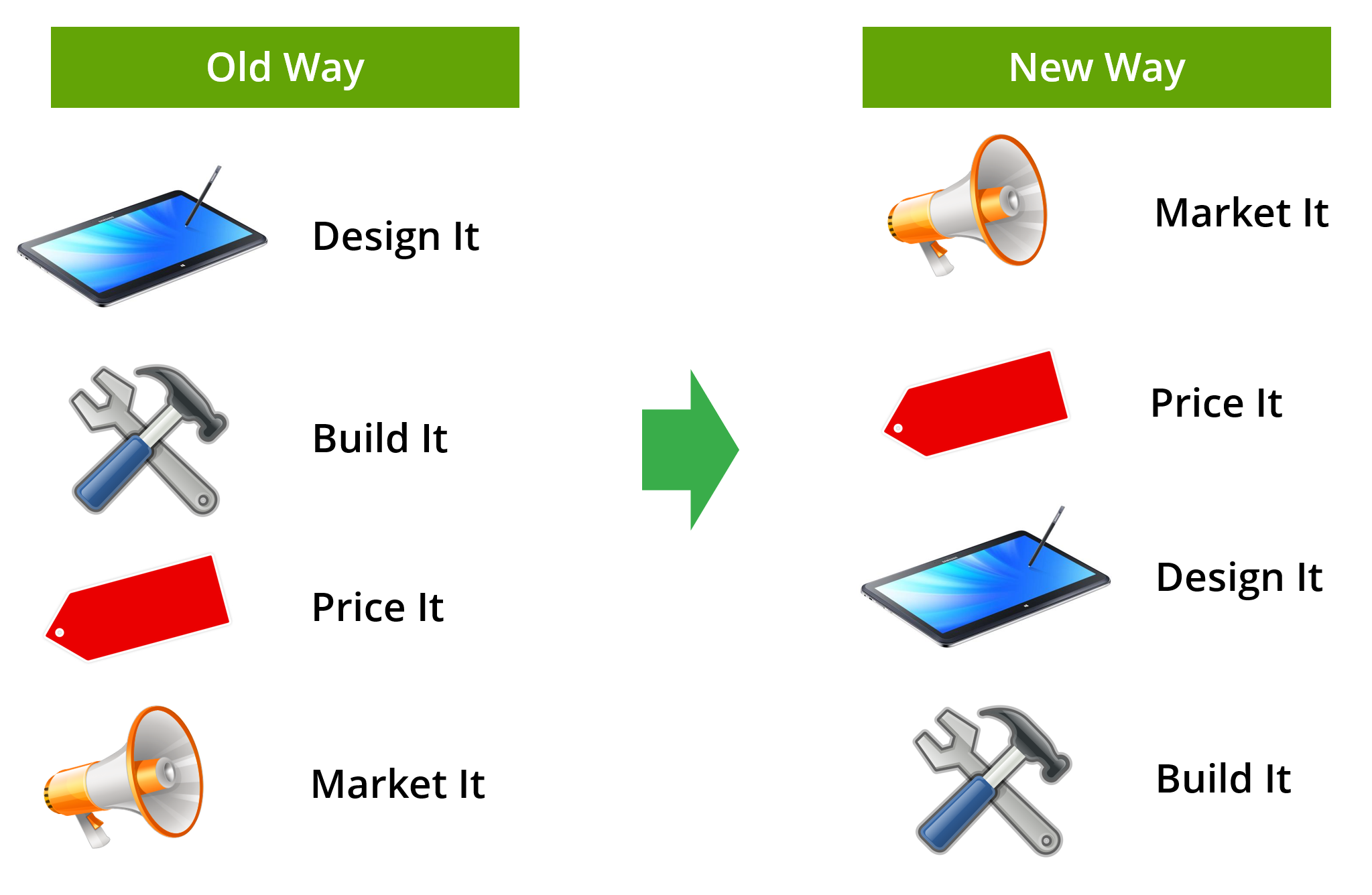Pricing for Profit: Leveraging Willingness-to-Pay Insights in E-commerce
 PriceBeam
·
3 minute read
PriceBeam
·
3 minute read

In the competitive world of e-commerce, setting the right price can make or break a business. With countless factors influencing consumer behaviour, determining the optimal price point that maximizes profit while attracting and retaining customers is complex. This is where insights into customers' Willingness to Pay (WtP) become invaluable. By leveraging these insights, e-commerce businesses can fine-tune their pricing strategies to enhance profitability. This article explores the importance of understanding WtP, the challenges that necessitate market research, relevant industries, how PriceBeam facilitates this process, and the overall benefits of such studies.
Potential Challenges That Prompt Conducting Market Research
One of the primary challenges in e-commerce is the dynamic nature of consumer preferences and competitive landscapes. Prices that were attractive yesterday may not be so today due to various factors like seasonal changes, competitor actions, and economic fluctuations. This unpredictability necessitates continuous market research to stay ahead.
Another significant challenge is the diverse customer base that e-commerce platforms cater to. Different customer segments have varying price sensitivities and preferences. Understanding these nuances requires detailed segmentation and analysis, which can only be achieved through thorough market research.
Price elasticity is another critical factor. It measures how sensitive customers are to price changes. Misjudging price elasticity and crossing a psychological price point can lead to significant revenue losses. If prices are set too high, potential sales volumes could drop drastically. Conversely, setting prices too low might attract customers but at the expense of profit margins.
Lastly, the advent of new technologies and innovations continuously changes the e-commerce landscape. Staying abreast of these changes and understanding their impact on consumer behavior is crucial for setting optimal prices. This necessitates regular market research to gather fresh insights and adapt pricing strategies accordingly.
Industries the Study could be Relevant for

While e-commerce is a broad field, certain industries within this sector can particularly benefit from WtP insights.
- Retail: Online retailers, whether selling electronics, fashion, or home goods, face intense competition and frequent price wars. Understanding WtP can help these businesses set competitive yet profitable prices.
- Subscription Services: Companies offering subscription boxes or streaming services need to balance the perceived value of their offerings with subscription costs. WtP insights can guide them in setting prices that maximize customer retention and acquisition.
- Travel and Hospitality: E-commerce platforms selling travel packages, hotel bookings, or airline tickets can use WtP data to optimize pricing based on seasonality, demand fluctuations, and customer demographics.
- Digital Products: Businesses selling software, e-books, or online courses can leverage WtP insights to set prices that reflect the value perceived by different customer segments.
- Luxury Goods: E-commerce sites dealing in luxury items need to ensure their pricing strategy reflects exclusivity while being acceptable to their target audience. WtP studies can provide the necessary data to achieve this balance.
How a Study Works with PriceBeam
.png?width=800&height=400&name=Blog%20-%20Size%20for%20not%20blurry%20images%20(3).png)
PriceBeam offers a structured approach to understanding and leveraging WtP insights. Here’s how a typical study works:
- Defining Objectives: The first step is to clearly define the objectives of the study. This could involve identifying the optimal price point for a new product, understanding price elasticity, or segmenting customers based on their preferred retailer
- Survey Design: Next, a comprehensive survey is designed to gather data from the target audience. This survey includes questions aimed at gauging customers’ WtP for specific products or services. The questions are crafted to avoid bias and ensure reliable data.
- Data Collection: The survey is then distributed to a representative sample of the target market. PriceBeam uses various channels to ensure broad and relevant participation, providing a robust dataset for analysis.
- Data Analysis: Once the data is collected, sophisticated algorithms and statistical methods are employed to analyze the responses and ensure their quality. This analysis provides detailed insights into the distribution of WtP across different customer segments, price elasticity, and the impact of various factors on pricing preferences.
- Reporting and Recommendations: The final step involves compiling the findings into a comprehensive report. This report not only presents the data but also provides actionable recommendations for setting optimal prices. PriceBeam ensures that the insights are easy to understand and implement, providing businesses with a clear roadmap for pricing decisions.
Conclusion
In the fast-paced and ever-evolving world of e-commerce, understanding customers' Willingness to Pay is crucial for setting profitable prices. The challenges of dynamic markets, diverse customer bases, price elasticity, and technological advancements make regular market research essential. Industries like retail, subscription services, travel and hospitality, digital products, and luxury goods can particularly benefit from these insights.
PriceBeam offers a structured and effective approach to conducting WtP studies, providing e-commerce businesses with the data and recommendations they need to optimize their pricing strategies. By leveraging these insights, businesses can not only enhance their profitability but also build stronger customer relationships and stay ahead of the competition.
Ultimately, pricing for profit is about more than just setting a number; it's about understanding and responding to the needs and preferences of the market. With the right tools and insights, e-commerce businesses can navigate this complex landscape successfully and achieve sustained growth an profitability.
Book a demo with a PriceBeam expert to find out more about leveraging WtP ⬇️
.png?width=400&height=100&name=PBLogoTransparent%20(1).png)




